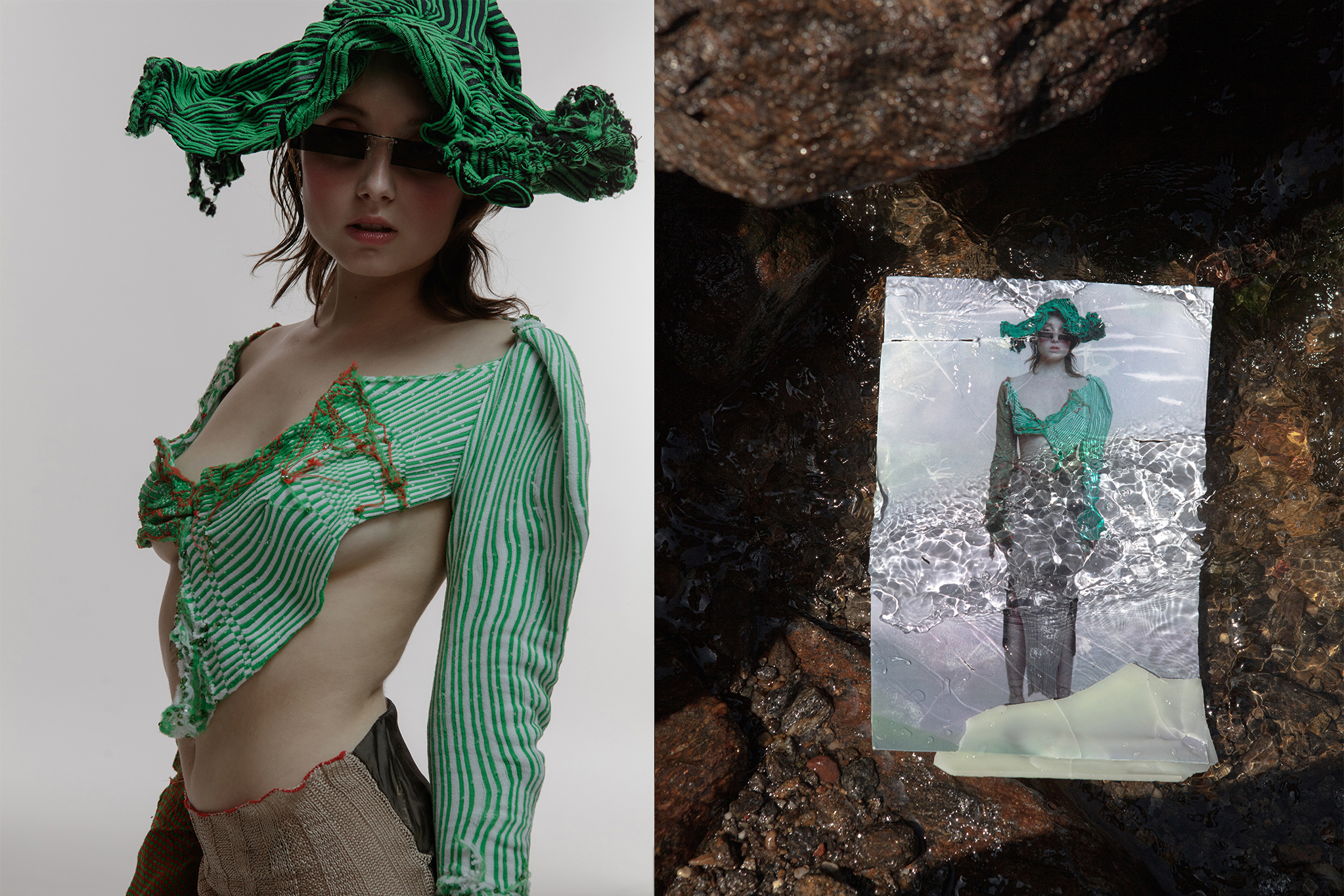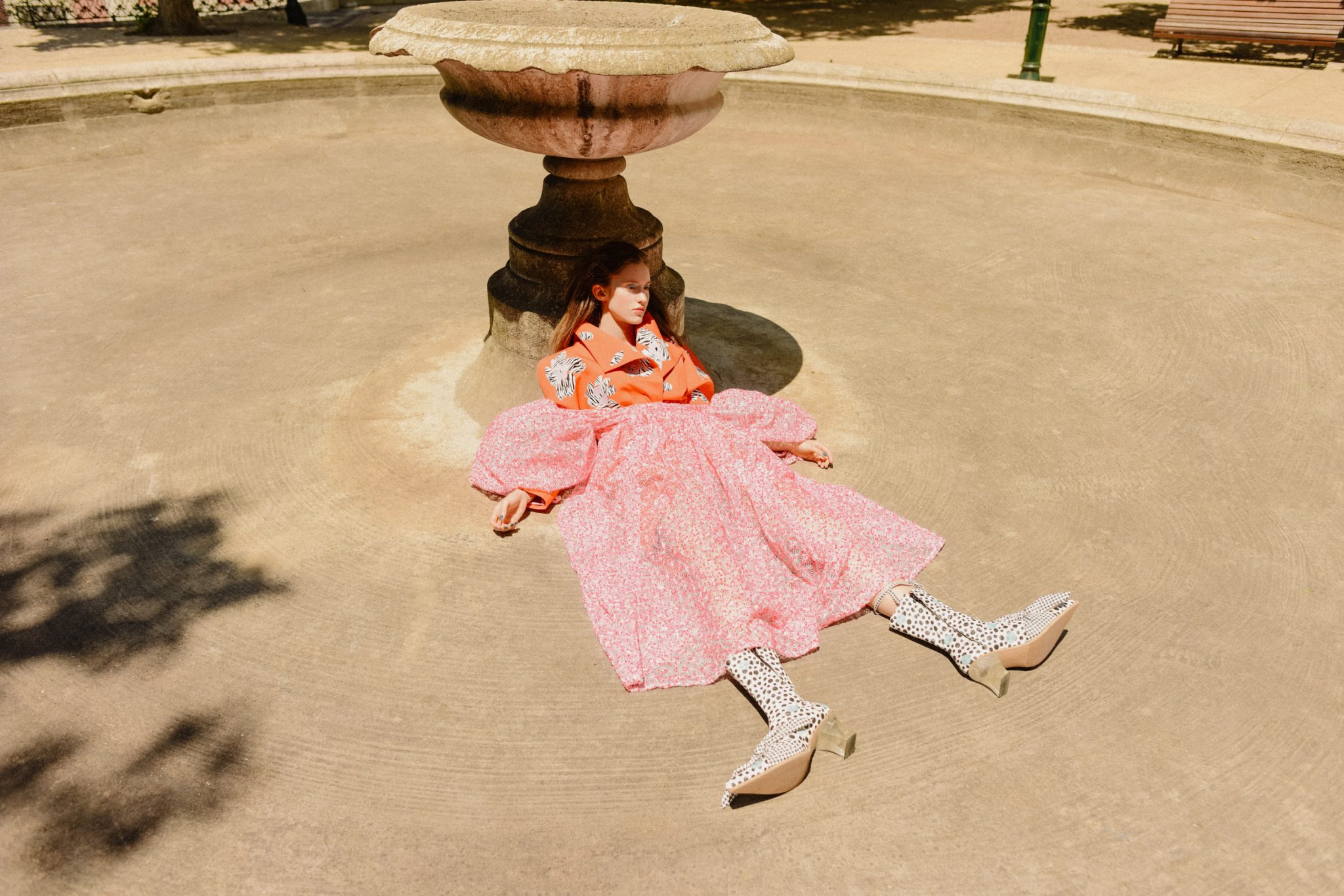Artist: Wilfrid Wood
Words: Veronica Gisondi
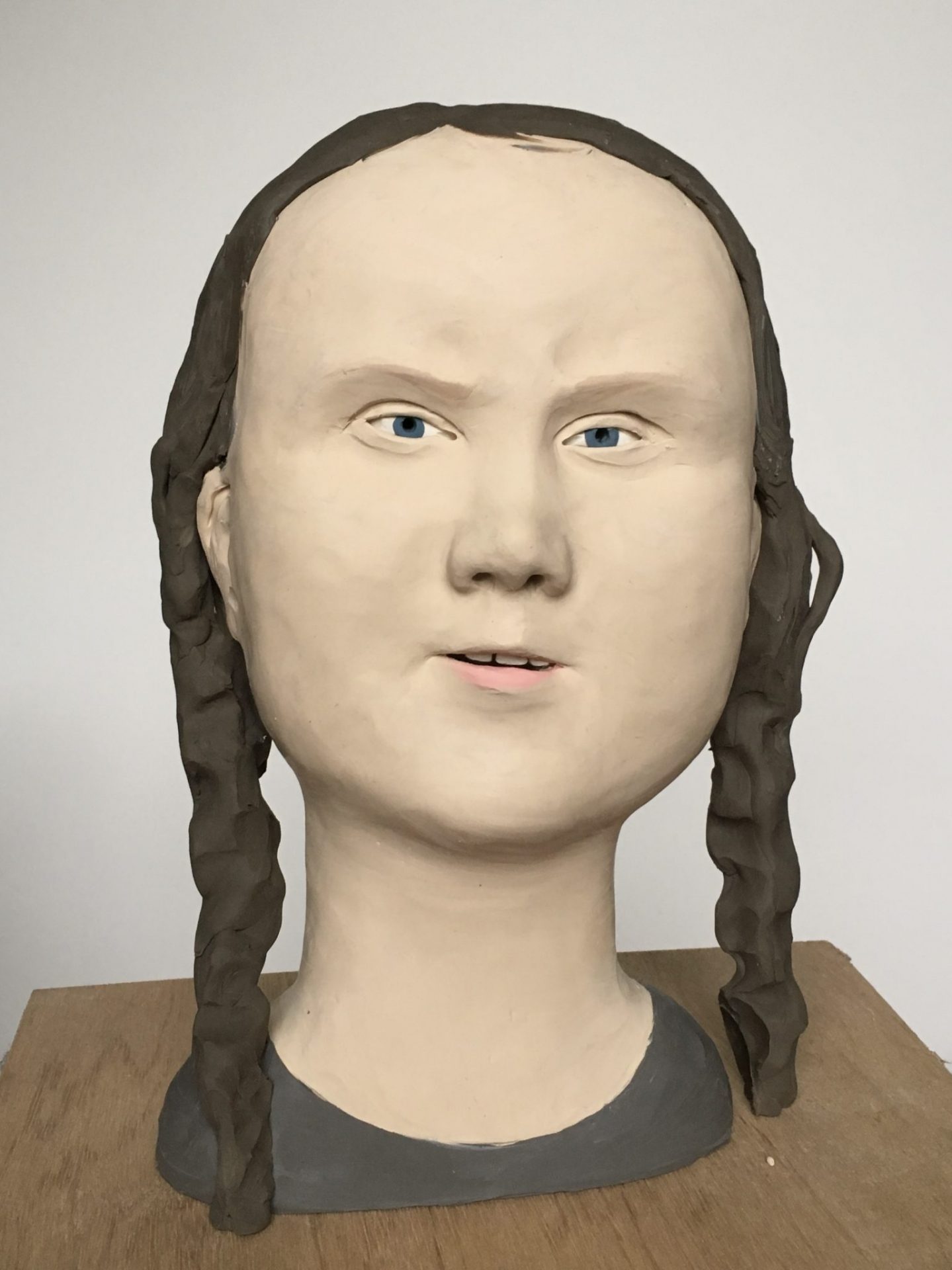
Funny noses, silly ears, whimsical grins: Wilfrid Wood has a passion for faces. The East London-based artist cultivates his curiosity through a lively practice that thrives on his inexhaustible fascination for people and an interest in the quirky, intimate sides of human connection. With a background in design and head-building for the satirical TV program Spitting Image, Wood has been sculpting independently for several years. His practice is a way to answer his desire to create and, most importantly, to channel his penchant for getting a taste of other people’s lives and emotions.
His art is infused with an irreverent sense of humour and a wittiness that’s hard to find in contemporary sculpture. Switching between drawing and 3D mediums, Wood creates exuberant portraits of a wide range of subjects. He moves from sketching strangers and friends to depicting celebrities and pop culture icons – the likes of Mark Zuckerberg, Greta Thunberg and Jeremy Corbyn have all been captured by his plasticine magic. Hyper and nit-picky at the same time, Wood’s works manage to feel both gentle and brutal – yet always uncompromisingly honest, insanely clever, and terribly amusing.
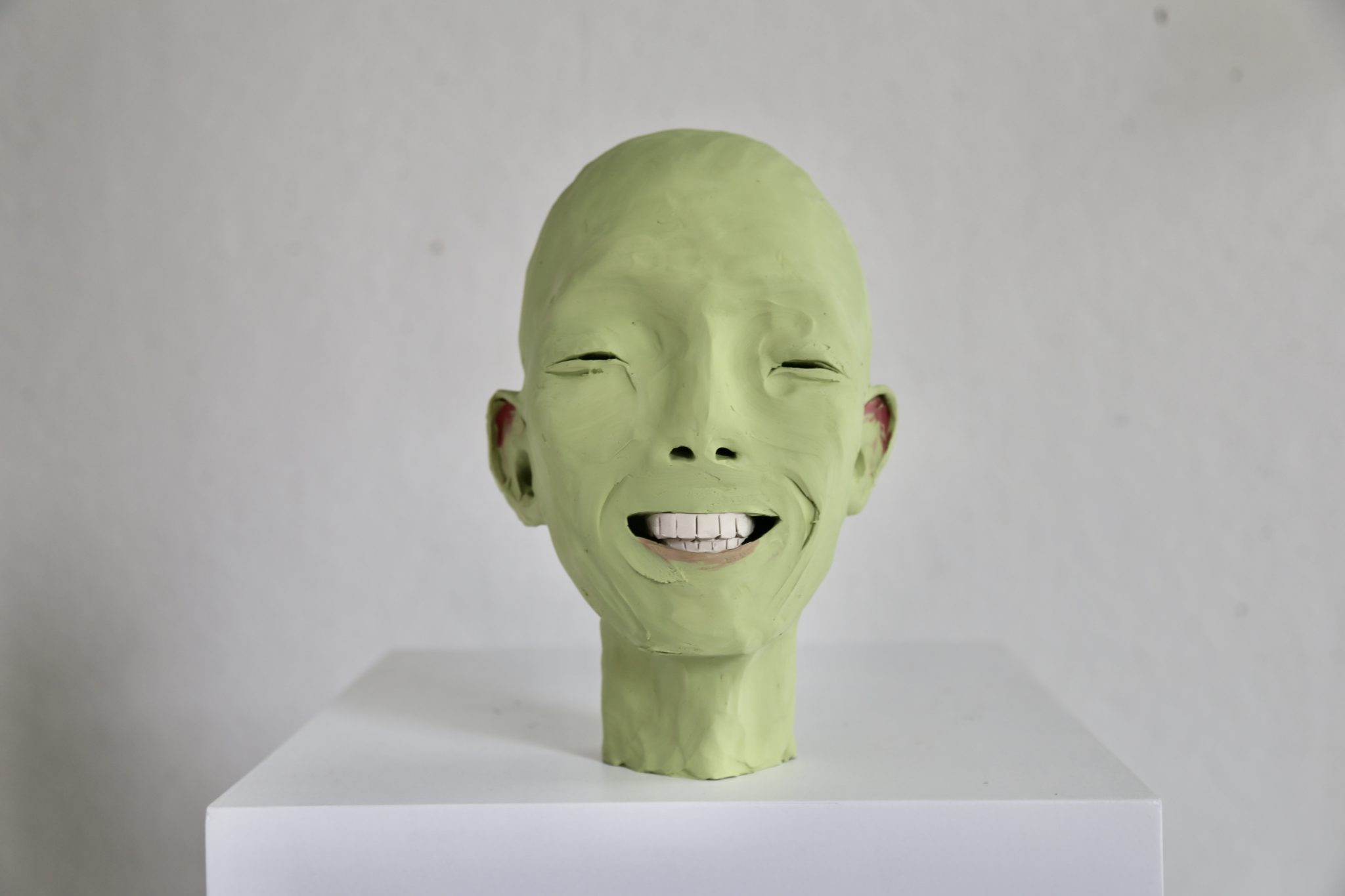


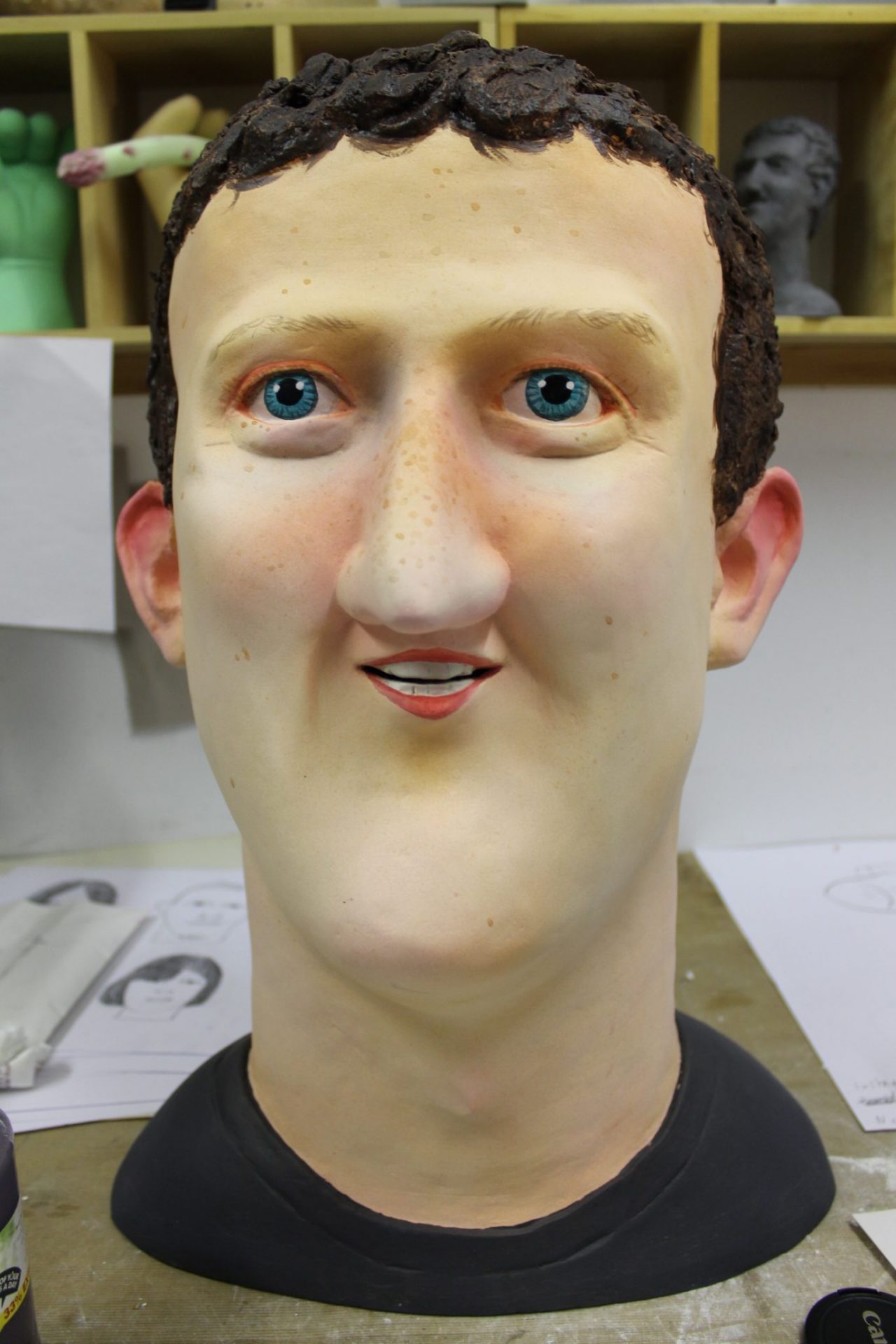
In what ways did you first engage with art as a child?
When I was a kid my grandma gave me a set of mini tools that I made robots with in a shed in the garden, I credit her with planting in me a desire to make things.
When and how did you realize you wanted to work with faces and portraiture?
I always liked drawing faces because of the instant and ‘measurable’ thing of getting a likeness. You can actually judge the drawing on those terms alone if you like. Plus a portrait can have a real emotional impact on the viewer. It’s not like making some obscure installation that everyone has their back to at a private view.
What is it that fascinates you about the look of human beings?
I tried to draw a pot plant the other day and got bored after 5 minutes. Unless you’re a psychopath, the most fascinating thing in the world is other people. I’m intensely curious about individuals on the street. I do that thing of inadvertently locking eyes with people on the tube. Drawing people means I can have a bit of them, or be close to them, or control them, or some other faintly unpleasant motivation I don’t fully understand.
Plasticine features prominently within your work. Why this medium in particular?
Because it’s cheap and easy to use.
Your art brims with wit. If you were to give your own definition of the term, what would it be?
Wit is like humour but induces more of a smile of recognition than a laugh. Wit appears in all art forms. Someone said James Brown’s rhythms were ‘witty’. Light and heavy at the same time. Quentin Blake draws with a witty line, eccentric and energetic. You can probably have witty food for all I know. All the best things are witty. Chris Whitty for example.
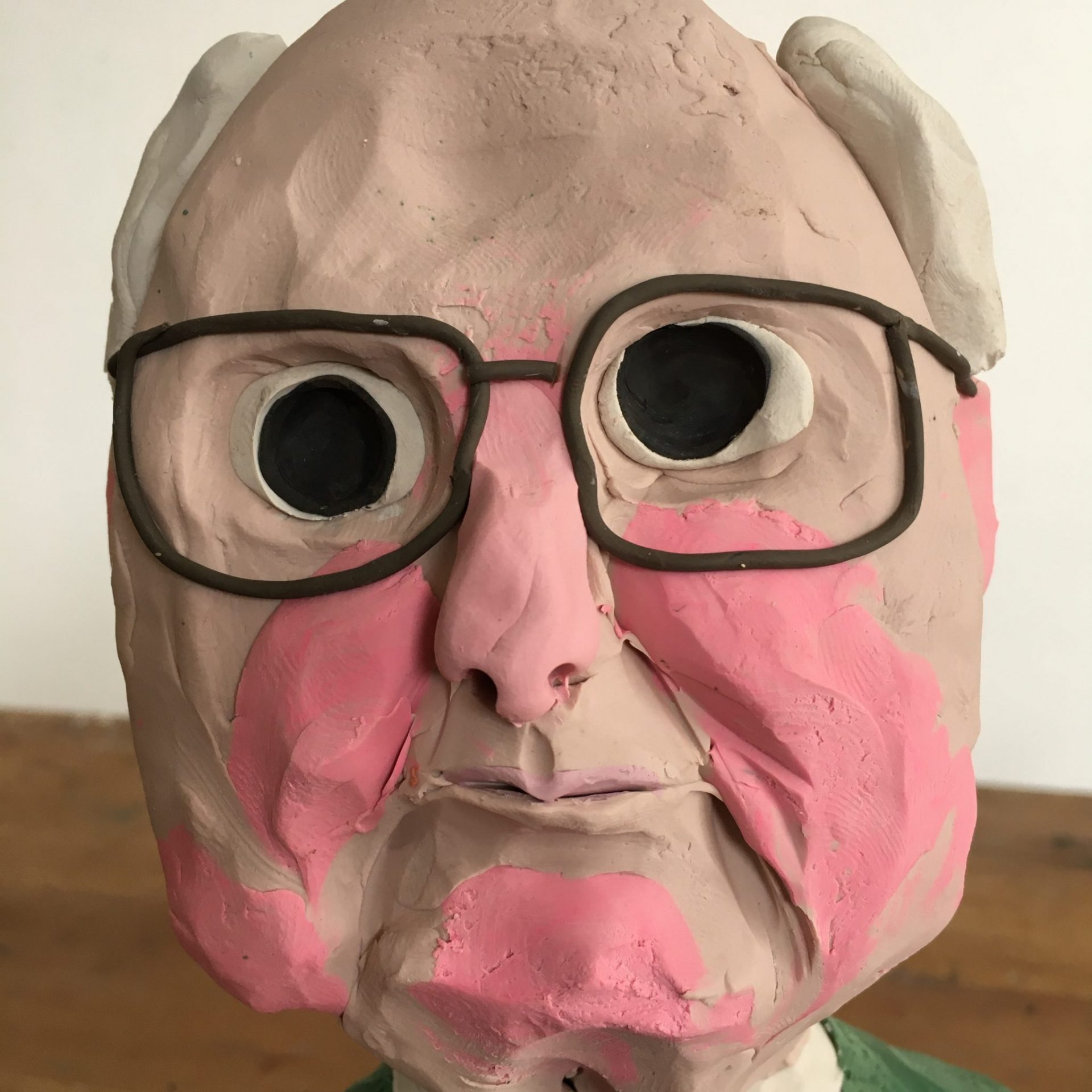
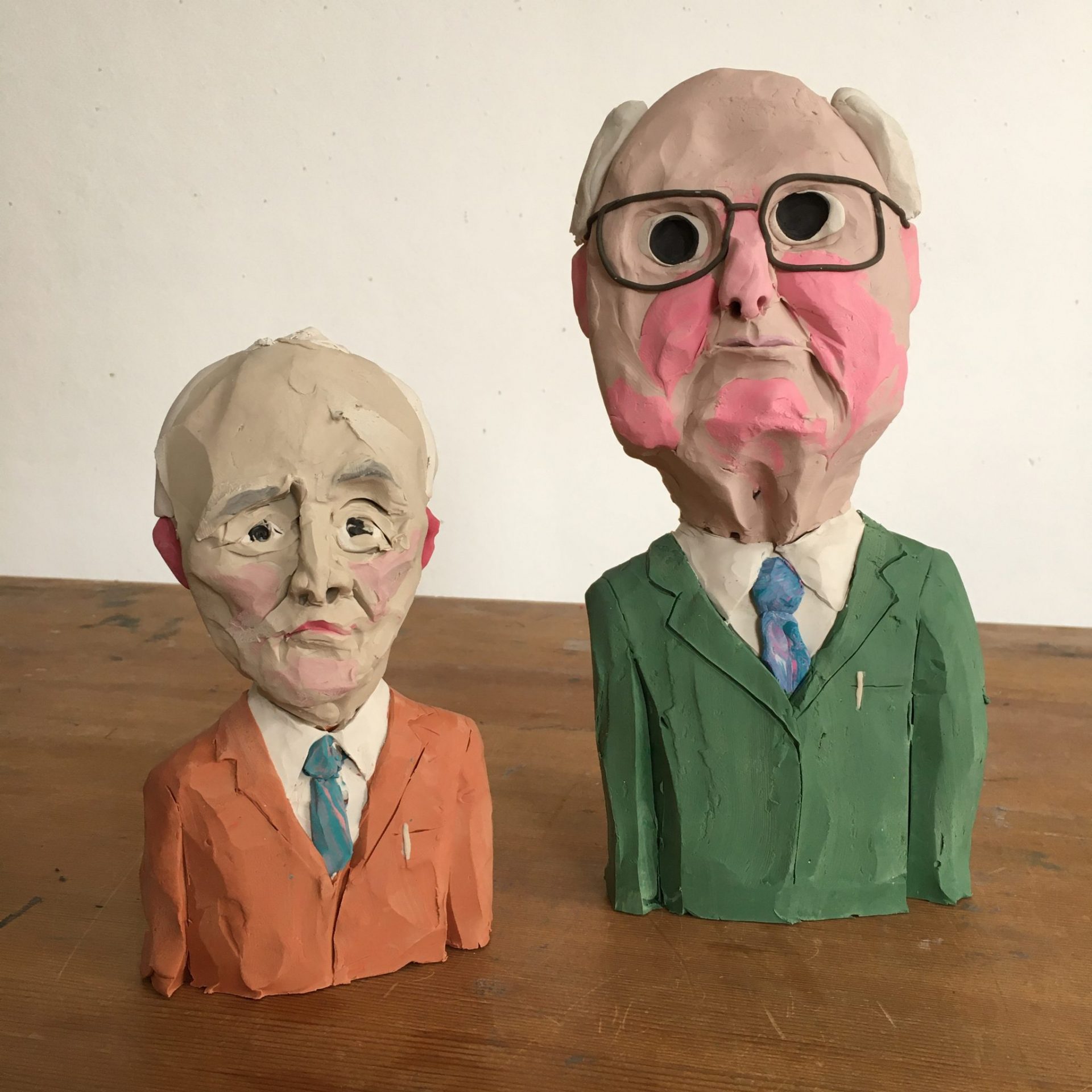
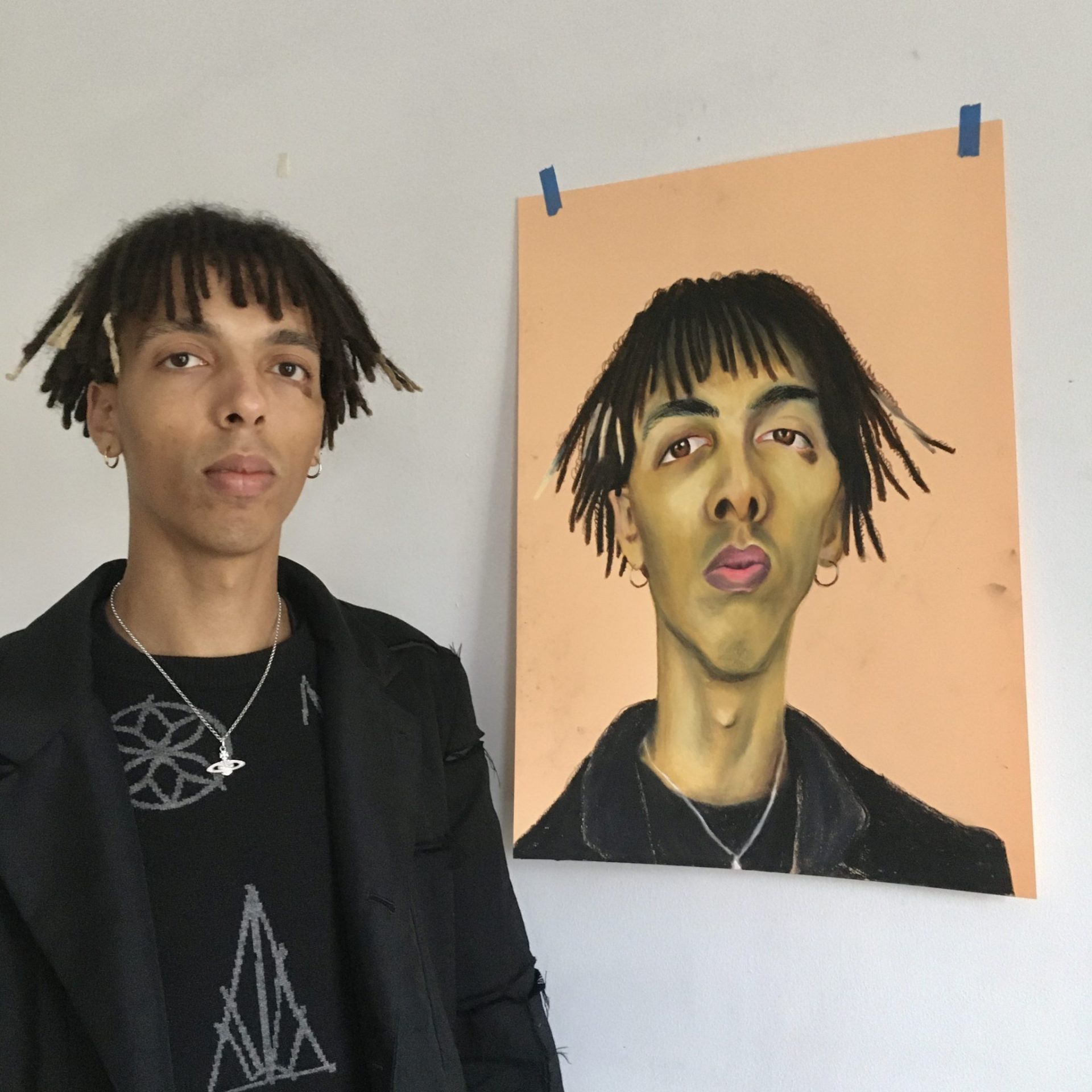
I personally love your life drawings. How does your attitude change when working two-dimensionally – as opposed to sculpting?
When I get bored of sculpting I switch to drawing and vice versa. I sculpt from photos and draw from life (except now in lockdown). I love the direct human connection when drawing from life but when sculpting from photos I don’t have to worry about the model being bored or uncomfortable. Ultimately with both 2D and 3D I’m trying to get past a likeness and into the realm of what the person is actually like.
Have you ever had any surprising encounters with the quirks of people you were portraying?
One girl was sweating profusely the entire time I was drawing her. I thought she must be extremely nervous but didn’t like to mention it. Only afterwards she told me she had Hyperhidrosis, a disorder that results in excessive sweating. Apparently she wasn’t nervous at all! Another model was covered in spots. I felt I had to get it out in the open, I said “I have to say, you’re quite spotty”. He said “yes, obviously, put them in”. I wasn’t expecting that reaction and felt ashamed myself that I had expected him to be ashamed of his spots. Someone else cried when I showed her the drawing at the end of the session. I used to draw naked people off Grindr so the portrait situations I get into now are tame in comparison.
I’m also thinking about how social distancing is currently affecting artists. What role does human connection play in your work?
It’s THE thing. Before lockdown I was drawing strangers almost every morning and I miss it terribly. It’s a very intimate activity, drawing someone else. There’s a slightly illicit thrill element to it, like you’re stepping over normal social boundaries.
You’re super popular on Instagram. Your work, however, is quite traditional in terms of process. How do you feel about the digitization of your production?
Instagram is useful as an online gallery, but I don’t want everything to revolve around the throwaway ‘like’. I need people to see my work irl too. I was about to have a show of drawings when the virus struck. Drawings are tangible physical objects, sculptures even more so!
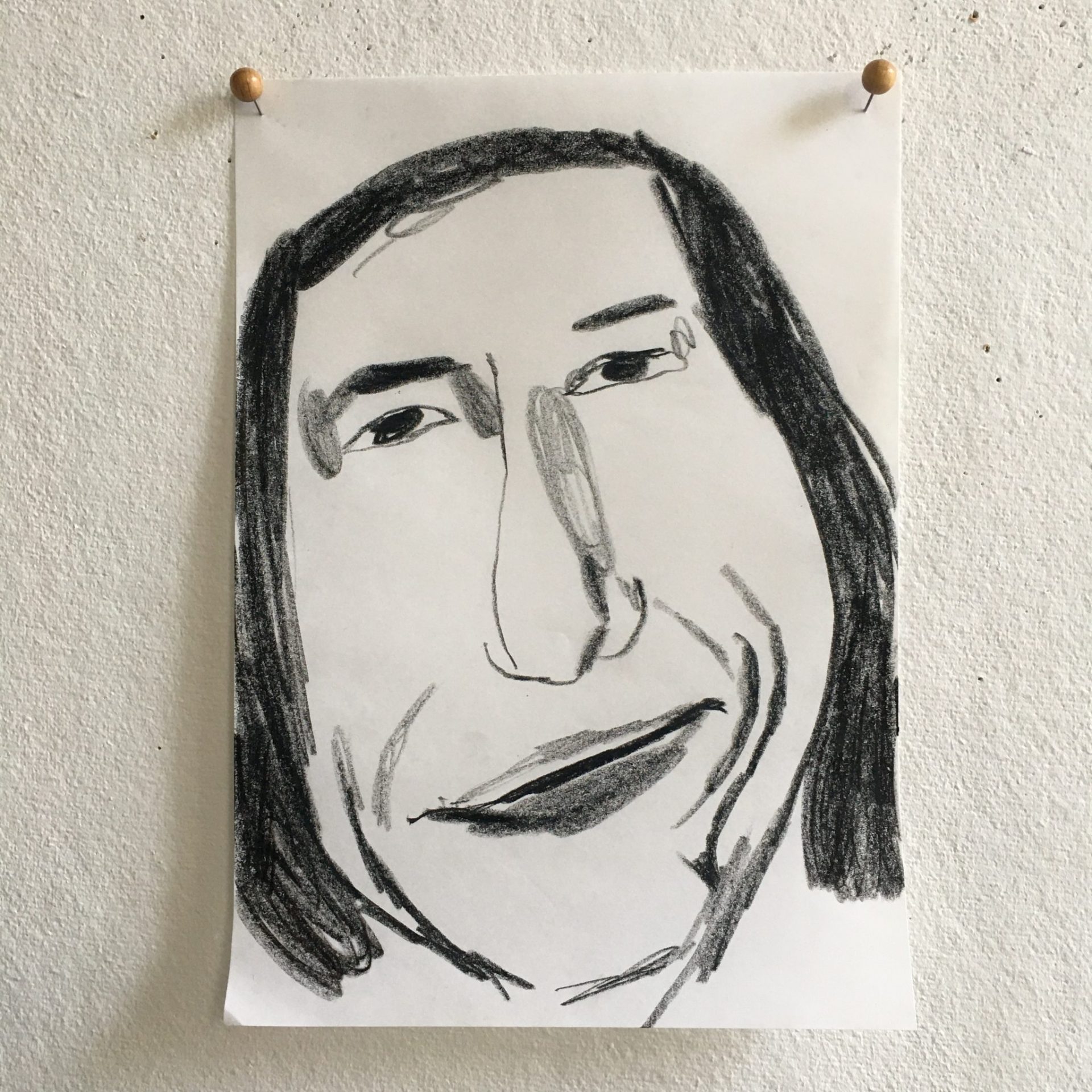
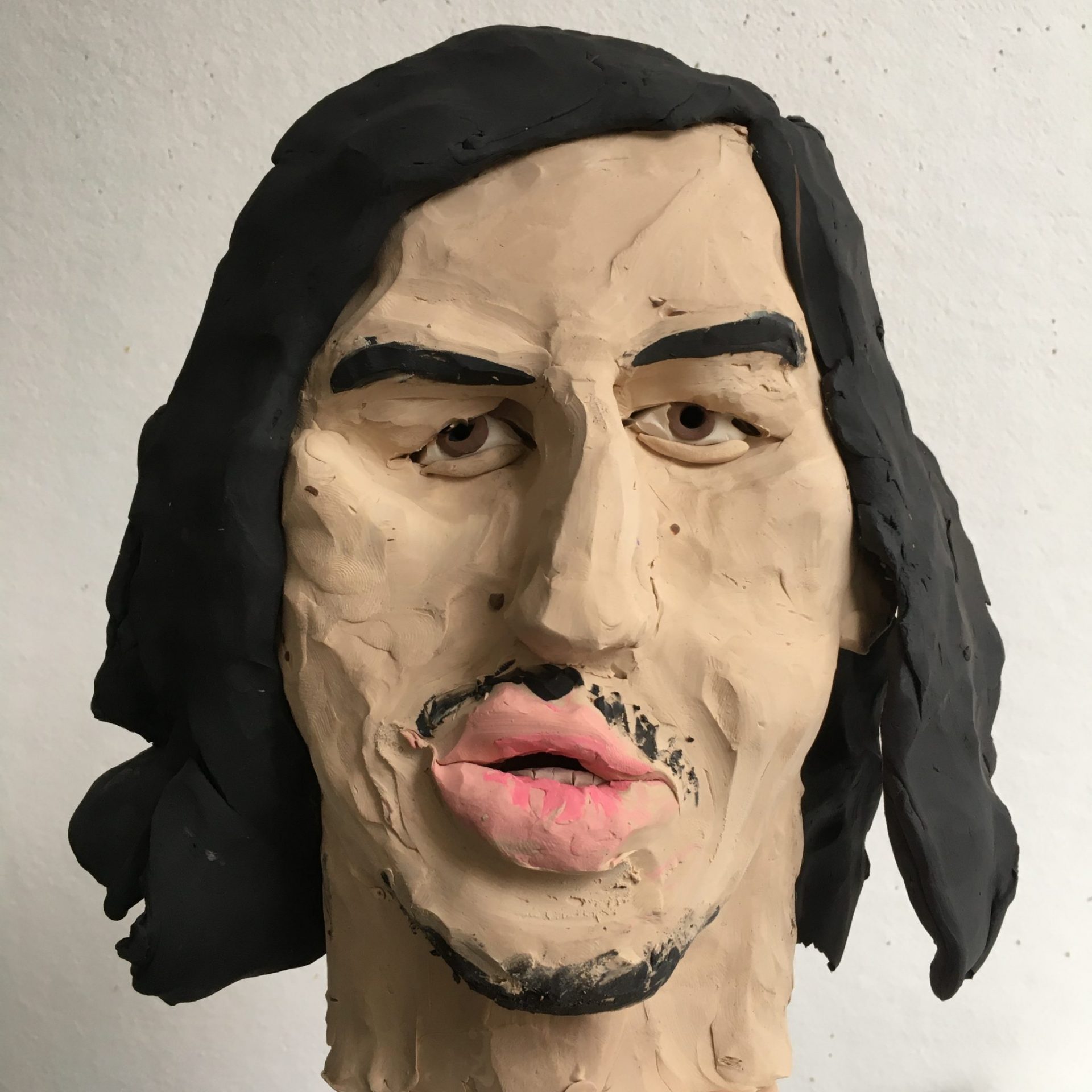
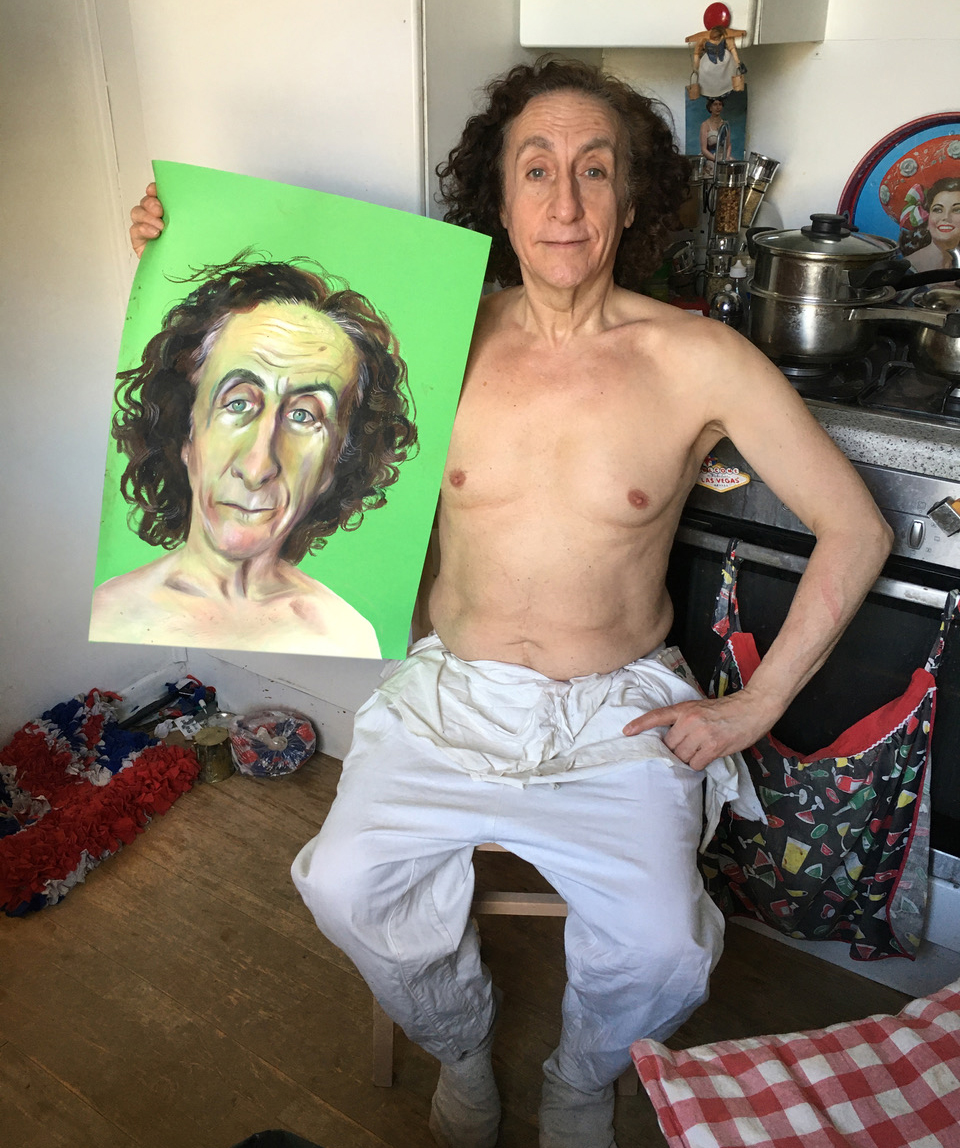

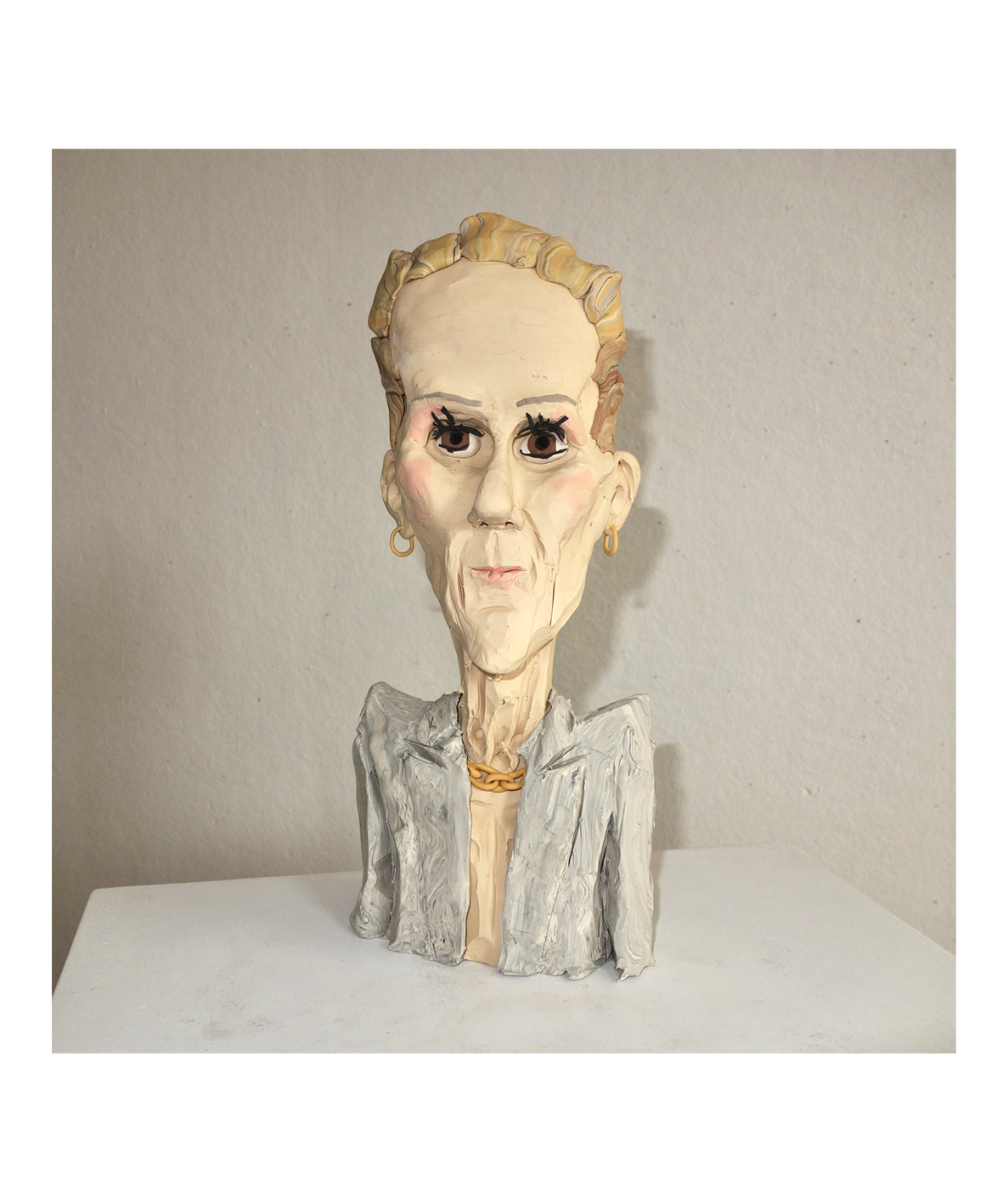
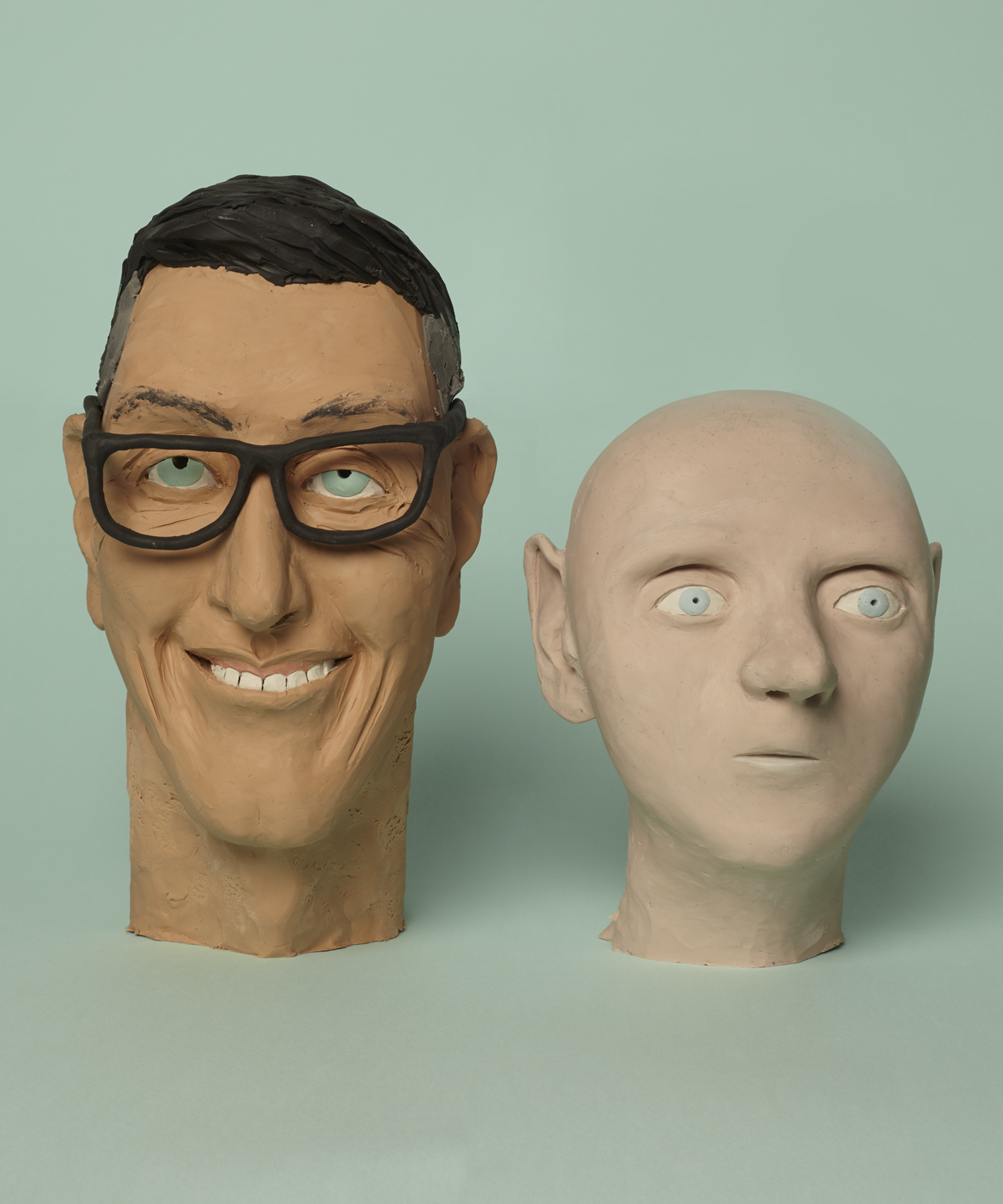
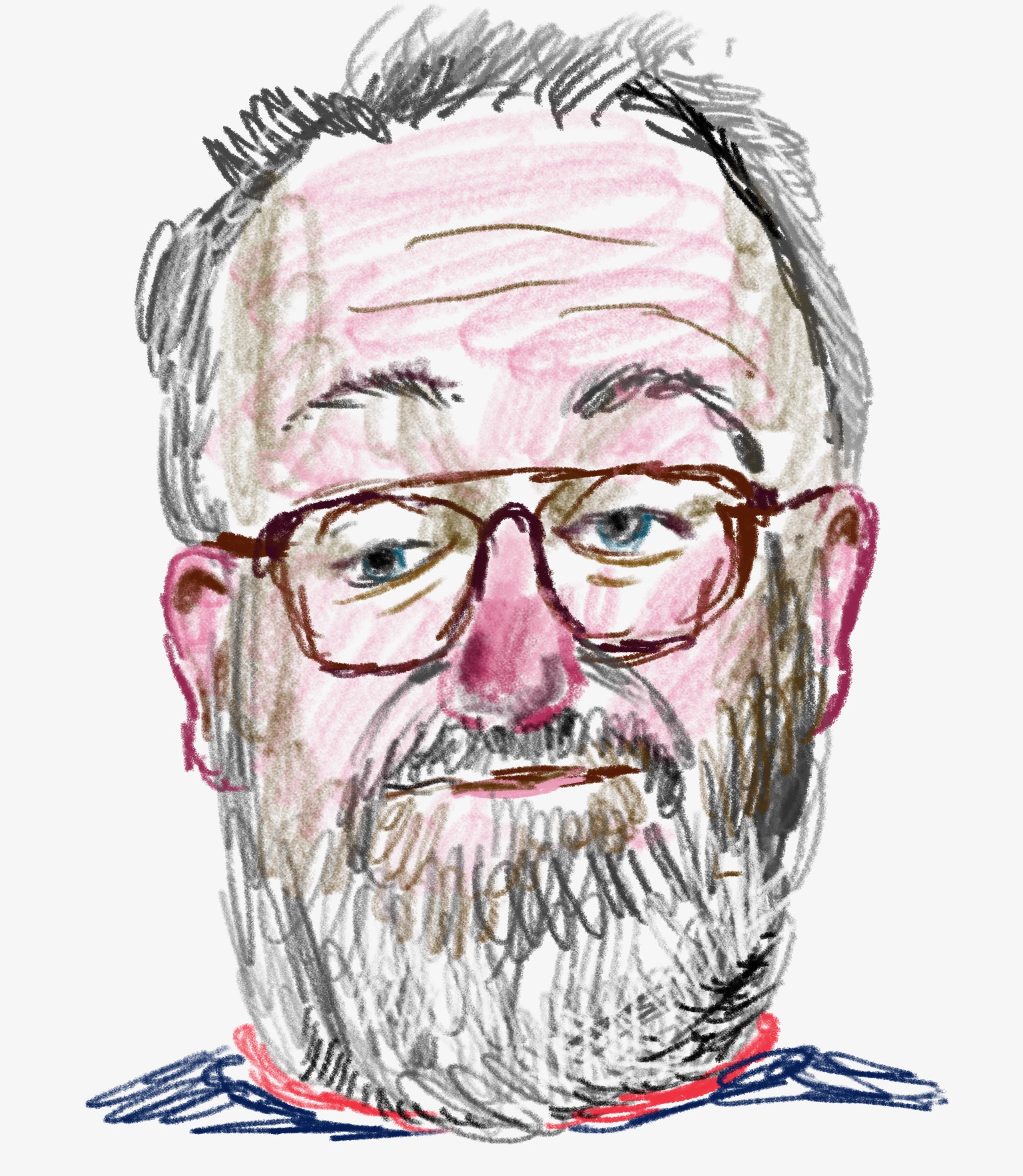
You seem to have found your way within your practice. Was there a moment when you knew something clicked, a release of your expressiveness?
It was at a point in my mid-20s when I had a full time design job that was driving me mad with boredom. One day I snapped and handed in my notice. It was really that decision, taken out of frustration, that led me to become an artist. My aesthetic is just the result of slogging away ever since.
Was there anything that held you back before then?
Fear.
You also teach in workshops. What are the exciting and challenging sides of it?
My workshops are a bit of a con tbh. All I do is hand out the Plasticine and leave people to get on with it. The only problem is people finishing too quickly.
How do you like to spend your time when you’re not working?
Walking, singing and playing badminton.
How do you keep your work fresh?
I prey on fresh human meat daily and suck the blood of every subject I depict.
What are you most curious about?
How to hold onto meaning in a meaningless universe.
Wilfrid’s work can be found on his Instagram: @wilfridwoodsculptor


